In the field of medical injection molding, product precision directly determines the safety and effectiveness of medical devices. However, flash (also known as burrs), as a common defect, not only affects the appearance of products but may also lead to sterilization failure due to residual contamination. This article systematically analyzes the causes of flash from three dimensions—mold, process, and material—in the context of medical industry characteristics, providing targeted solutions.
I. Mold Factors
1. Inadequate Mold Closure and Its Chain Reactions
Medical molds demand extremely high precision in parting surface alignment. The following issues directly contribute to flash:
-
Parting Surface Wear: After prolonged use, even 0.01mm-level wear between moving and fixed mold halves allows melt penetration under high injection pressure.
-
Guide Post/Bushing Misalignment: A case study on a cardiac stent mold revealed that guide post wear caused a 0.02mm mold shift, resulting in 0.05mm flash on product edges.
-
Venting System Defects: When vent slots exceed 0.02mm in depth, melt may escape through venting channels. Medical-grade PC material, with its high fluidity, shows 30% greater sensitivity to vent slot dimensions compared to standard ABS.
Solutions:
-
Use laser interferometers to verify mold parallelism with errors ≤0.005mm
-
Implement preventive maintenance by replacing guide posts/bushings every 50,000 injection cycles
-
Design vent slots following the "shallower preferred" principle (0.008–0.015mm depth)
2. Hidden Risks in Mold Design
Special structures of medical products often cause flow imbalance:
-
Improper Gate Location: An insulin pen needle hub mold experienced localized pressure of 80MPa (exceeding clamping force capacity) due to side gating directly impacting the core.
-
Unbalanced Runner System: In multi-cavity molds, a 0.2mm diameter difference in runner channels can create 15% variation in filling speed, triggering localized over-pressure.
Optimization Strategies:
-
Conduct Moldflow simulations to ensure simultaneous melt front arrival at cavity ends
-
Symmetrically arrange runner systems with mainstream-to-branch diameter ratios ≤1.5:1
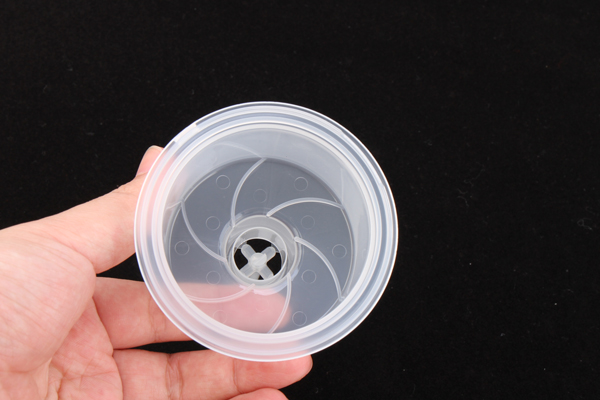
II. Process Parameters
1. The Double-Edged Sword of Pressure Systems
-
Excessive Injection Pressure: Medical-grade PPSU material exhibits 40% increased fluidity when injection pressure exceeds 120MPa, easily breaching mold gaps.
-
Uncontrolled Packing Phase: An infusion set connector case showed flash incidence surging from 3% to 22% when packing pressure jumped from 60MPa to 80MPa.
Precision Control Methods:
-
Implement multi-stage injection: 20–30mm/s for first stage, 5–10mm/s for second stage
-
Use pressure sensors for real-time cavity pressure monitoring and database construction of pressure-time profiles
2. Critical Point Control in Temperature Management
-
Barrel Temperature Anomalies: Medical PEEK material's viscosity decreases by 25% at 380°C but degrades above 400°C, creating low-viscosity melt.
-
Mold Temperature Fluctuations: Experimental data on an artificial joint mold revealed 18% higher flash incidence when mold temperature increased from 80°C to 90°C.
Temperature Control Strategies:
-
Install infrared thermometers for real-time nozzle temperature monitoring (±2°C tolerance)
-
Apply variable temperature control for thin-walled medical parts (5–10°C lower core temperature than cavity)
III. Material Characteristics
1. Flow Property Variations
-
High-Flow Materials: Medical TPE with MFR=30g/10min requires 15% higher clamping force to prevent flash.
-
Low-Flow Materials: A orthopedic implant mold using PA66+GF30 developed local short shots due to poor flowability, leading operators to incorrectly increase injection pressure and cause flash.
Material Selection Principles:
-
Prioritize medical-grade materials with MFR of 5–15g/10min
-
Reduce injection speed by 20–30% for highly filled materials (e.g., glass fiber reinforced)
2. Side Effects of Additives
-
Excessive Lubricants: A catheter connector mold developed 0.03mm increased melt slippage at parting surfaces after adding 0.8% EBS lubricant.
-
Poor Color Masterbatch Dispersion: Carbon black aggregation in black medical components creates localized high thermal conductivity zones, causing temperature fluctuation-induced flash.
Material Processing Recommendations:
-
Use twin-screw extruders for pre-drying (moisture content ≤0.02%)
-
Apply ultrasonic dispersion for color masterbatches (D50 particle size ≤5μm)
IV. Comprehensive Solutions for Medical Industry Requirements
1. Cleanroom Environment Control
Mold surface residues of silicone-based mold release agents reduce melt viscosity under high pressure. Recommended solutions:
-
Replace traditional chemical cleaning with dry ice blasting
-
Install in-mold plasma treatment systems for permanent anti-stick coatings
2. Automated Production Monitoring
Deploy mold monitoring systems with:
-
High-speed cameras for 0.001mm-precision parting surface gap detection
-
<0.1s response time
-
Automatic correlation logging between flash locations and process parameters
3. Validation and Traceability Systems
Establish DFMEA databases recording:
-
Correlation data between 500+ process parameter sets and flash incidence rates
-
Impact curves of different material batches on mold wear
-
Dynamic models of mold maintenance cycles vs. product yield rates
Conclusion
Flash control in medical injection molding requires a systems engineering approach, maintaining mold precision at micrometer levels, process parameter fluctuations within 1%, and material property variations within standard ranges. A top-3 global medical injection molder achieved first-pass yield improvement from 82% to 97% and 40% extended mold life by implementing these solutions. Under the medical industry's stringent regulatory environment, only a full-lifecycle precision control system covering "design-manufacturing-validation" can completely resolve flash challenges.
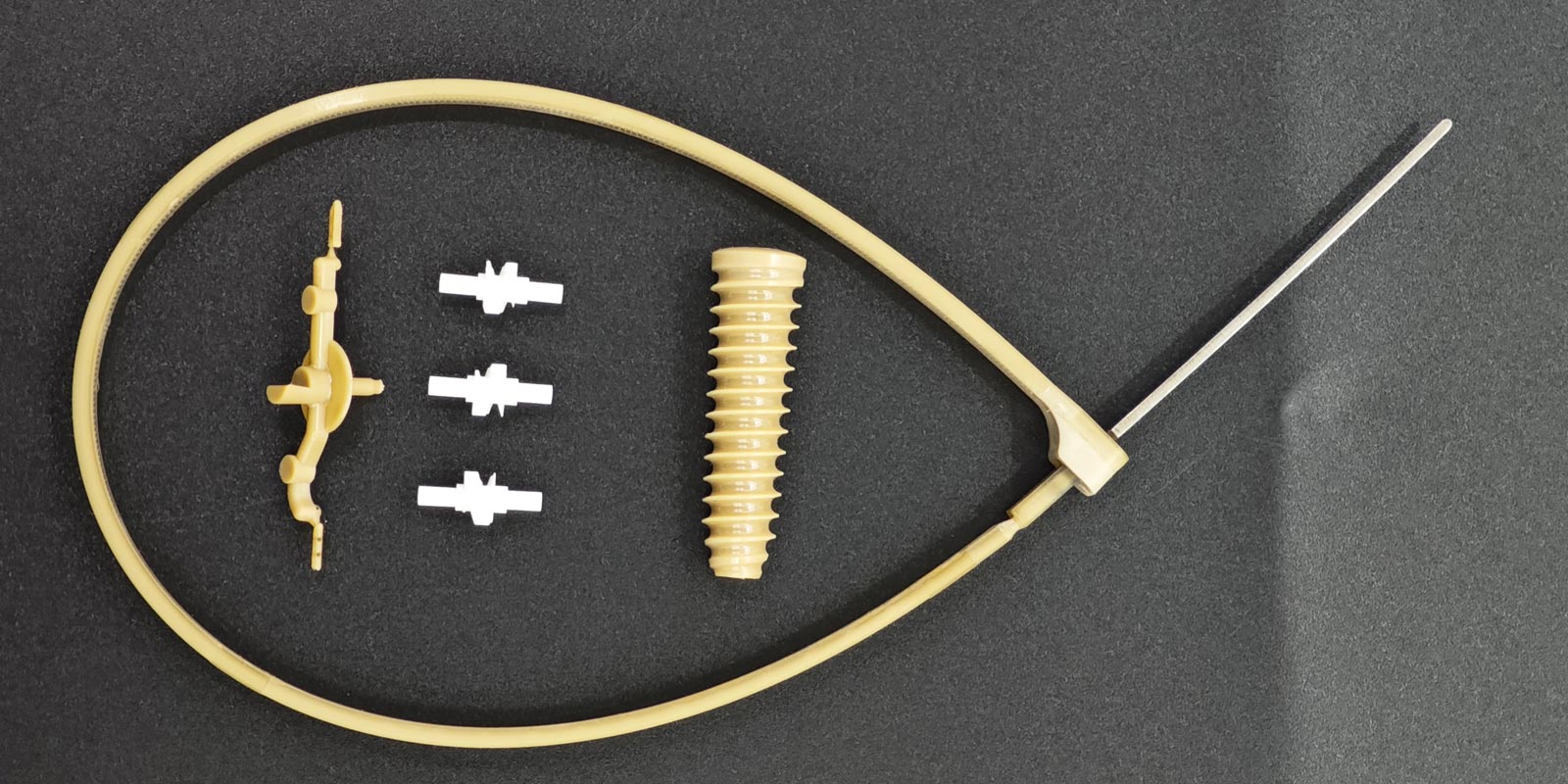
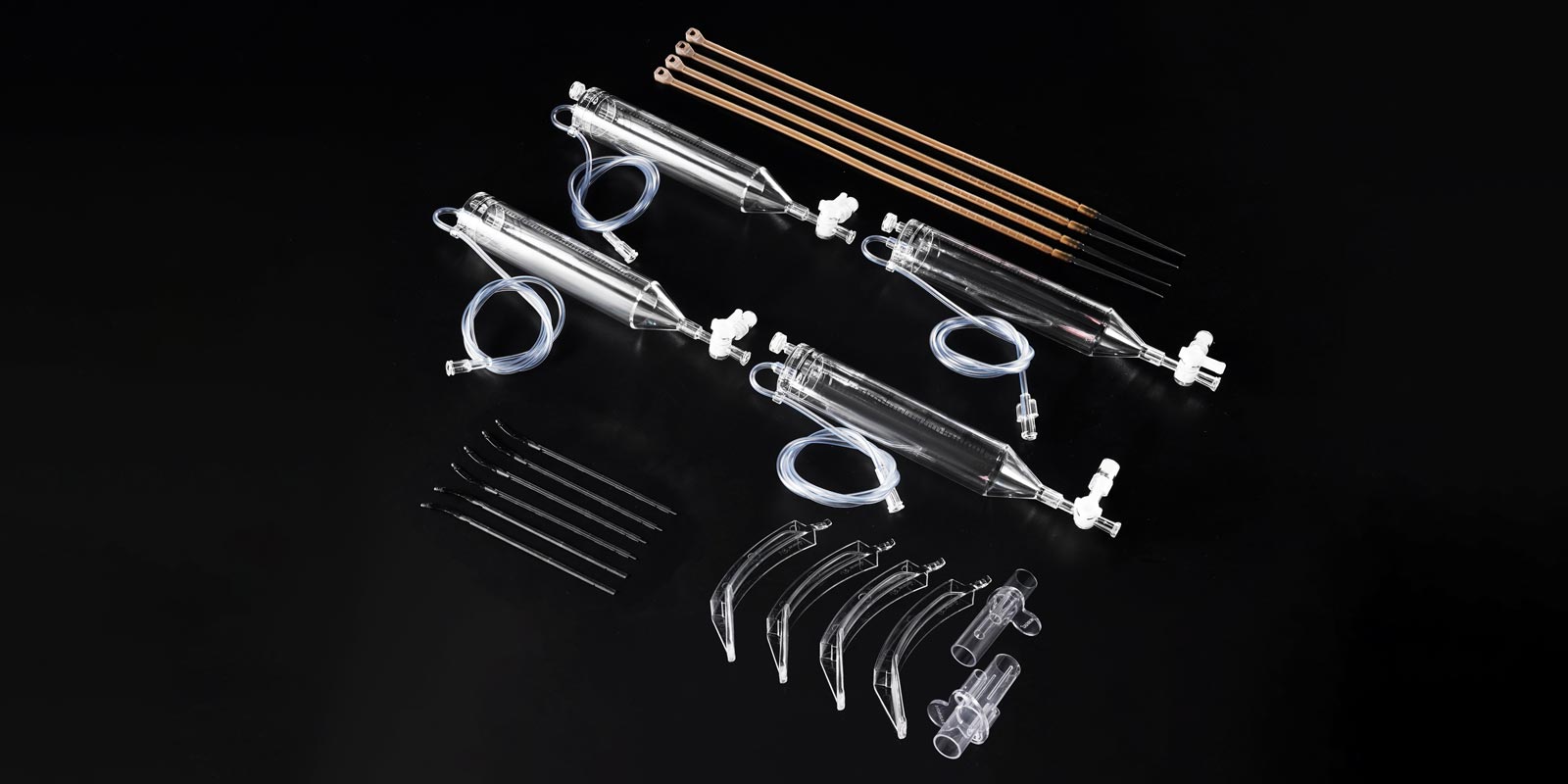
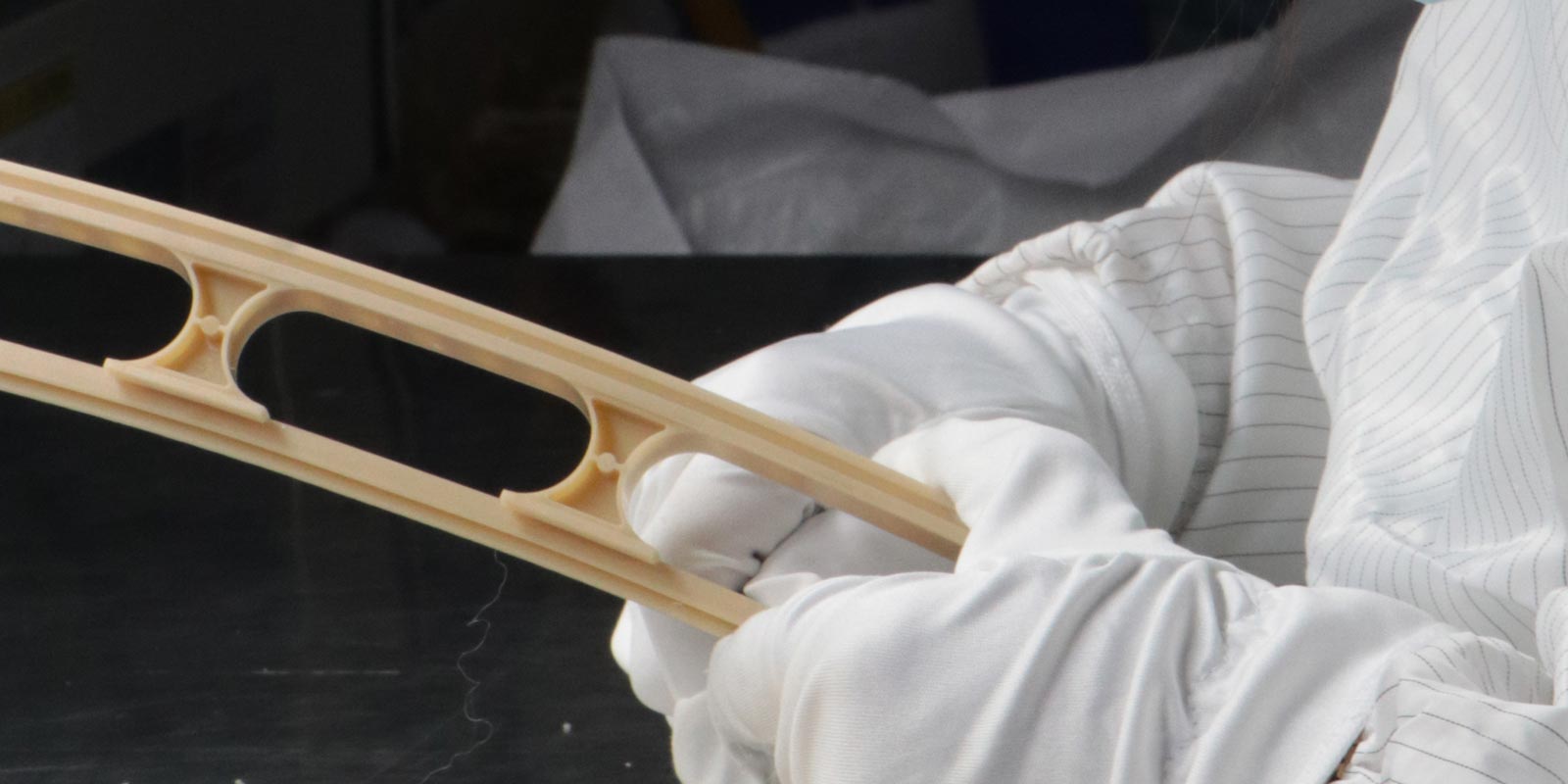
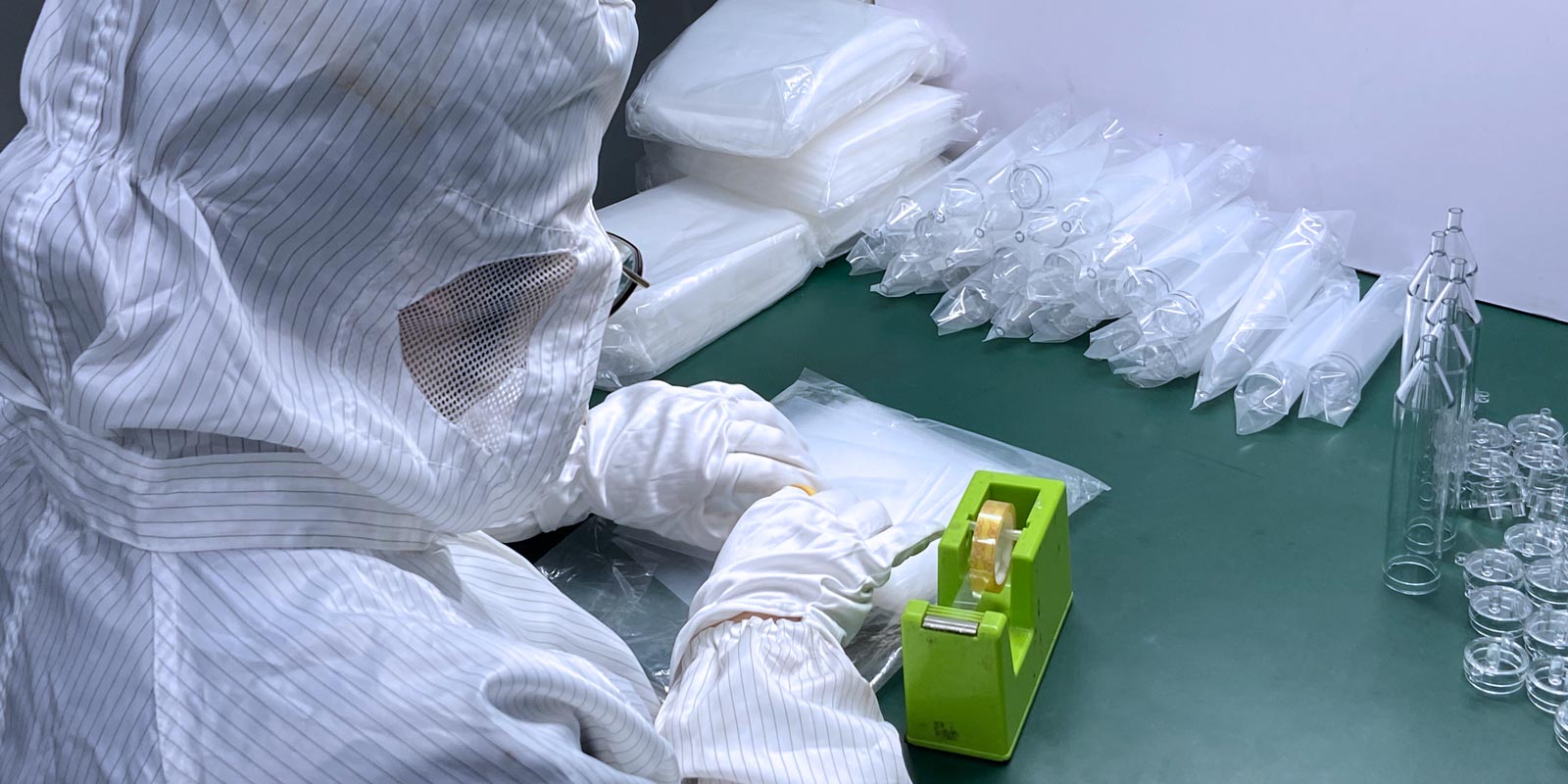
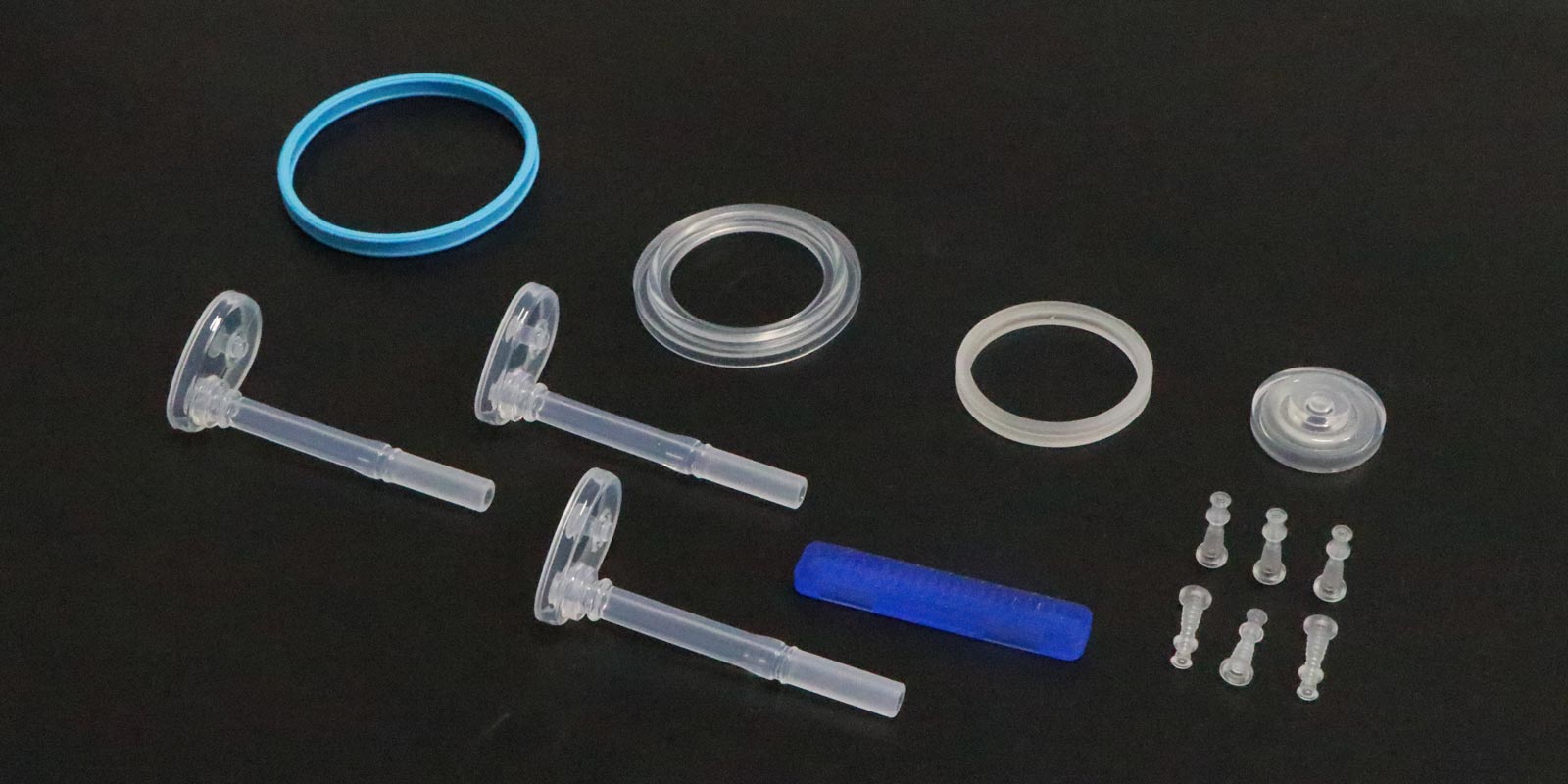
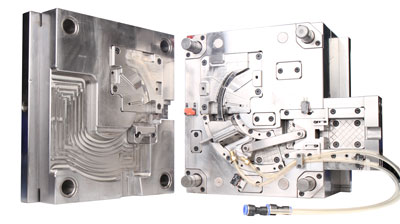
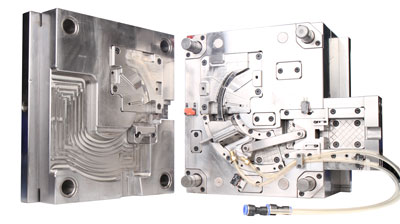
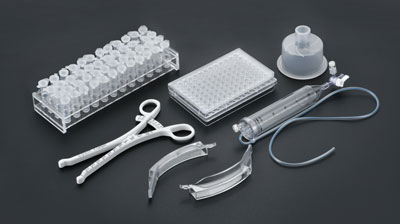








 Home
Home
